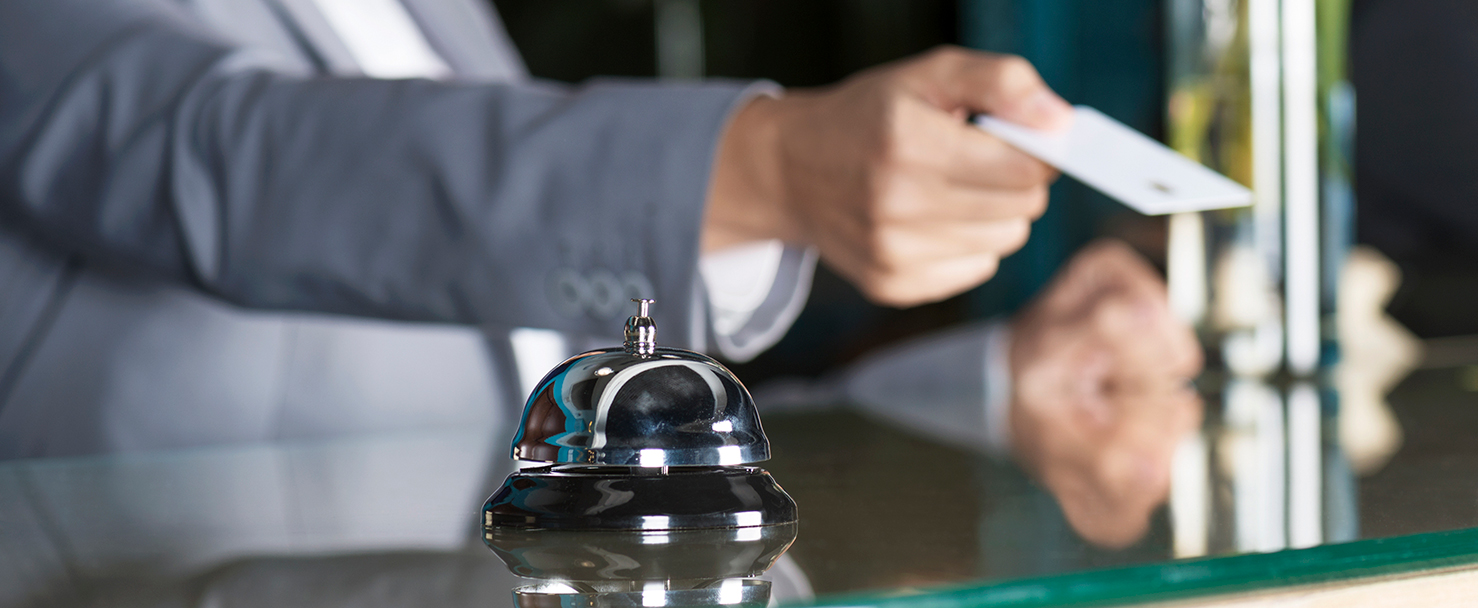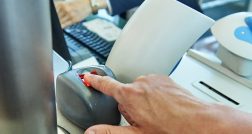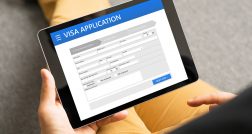At the Front Desk, Low-Tech Is Best
Why face-to-face service should always be a part of the guest experience.
More hotels are looking to integrate technology into every part of their services. Of 64,400 properties surveyed in Hospitality Technology’s 2018 study Deconstructing Innovation, 46 percent said enhancing digital experiences was a top strategic goal. But there are some places where it may be better to leave things alone than to experiment with technology—and one of these is the front desk.
Some hotels have abandoned the front desk altogether in favor of self-serve kiosks; Japan’s Henn-na Hotel has gone a step further, having robots welcome guests. For most resorts, however, face-to-face is still best. “Human interaction will always be the most important influence in someone’s stay—and most guests remember the staff more than the location and the hotel itself,” says Tony Loeb, vice president of sales and marketing at hotel-marketing agency Experience Hotels.
This is especially true when there’s a problem. A front-desk attendant can resolve issues in a more personable way than a robot or self-serve kiosk, which might not be able to fulfill every request. “Front-desk staff can stay on top of things and better turn an unhappy guest into a happy one,” Loeb says.
But that doesn’t mean there’s no room for innovation. “Don’t abandon front-desk technology altogether,” Loeb says. “Just use it smartly.” The ideal integration may be to upgrade the systems that the staff use for check-in and checkout or to record guest information. These systems could include, for example, software that updates room availability in real time, or something like Experience Hotels’ customer relationship management service, which sends a prestay survey asking guests about the reason for their visit, their room preferences, and more to help staff serve them better.
Image credit: iStockphoto




